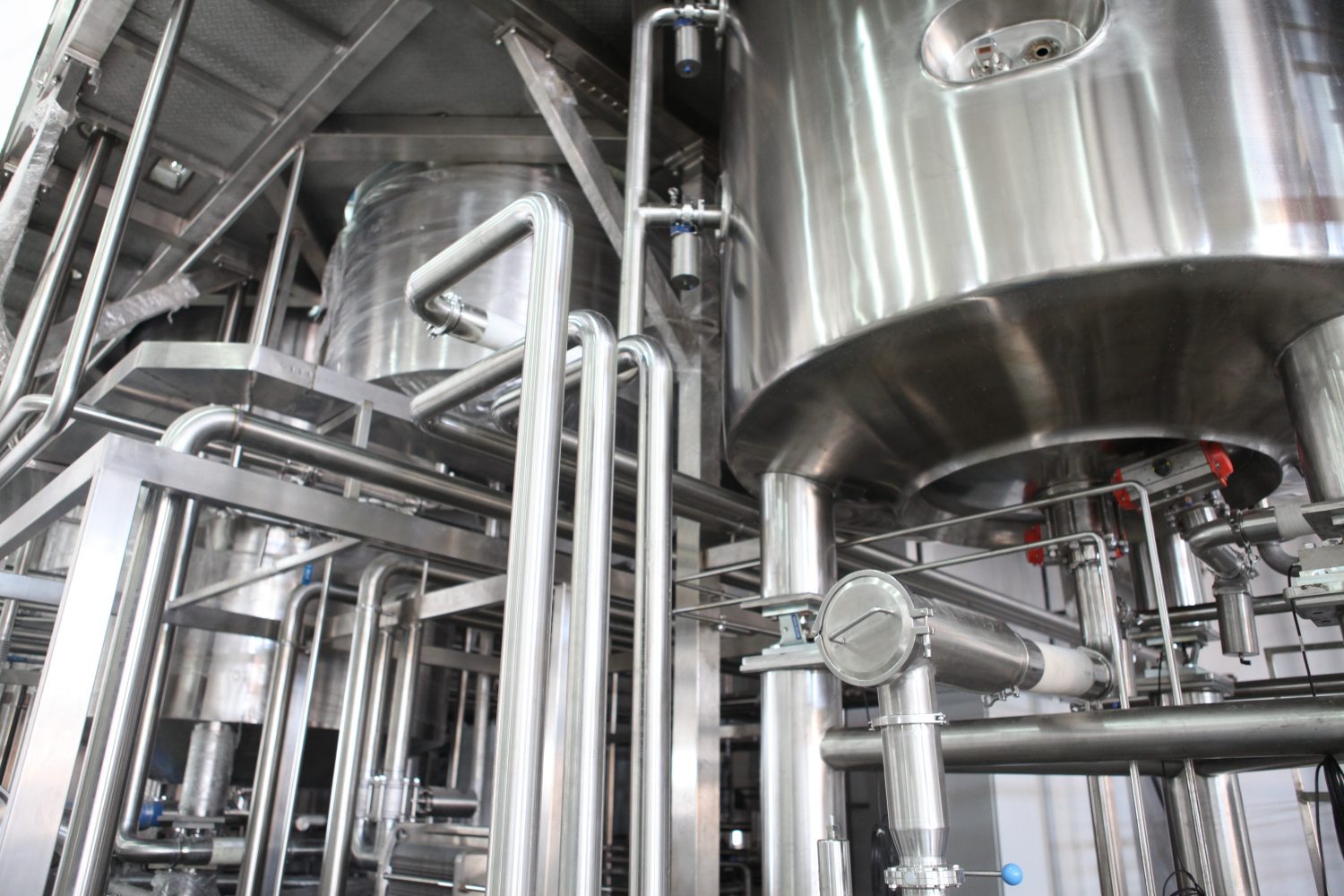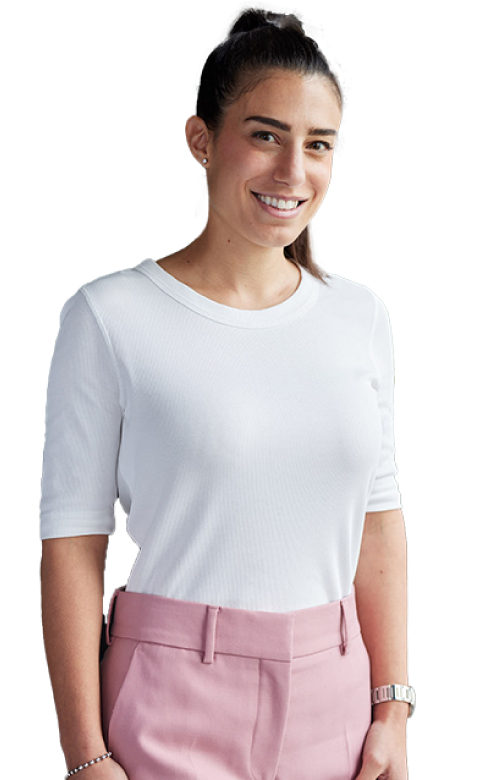
Growing your business means investing money into a range of different areas. This can include human resources and people, technology, property/buildings and fixed assets. This article takes a look at fixed assets, what funding options are available and why loan term is so important.
What are fixed assets?
A fixed asset is a tangible piece of property or equipment that a business owns and uses in its operations to create revenue. Fixed assets are not consumed or converted into cash within 12 months, they tend to be viable for a number of years and depreciate (reduce) in value over time.
Why would I borrow to purchase fixed assets?
Fixed assets are likely to be of higher value and can be a significant drain on the cash reserves of your business if paid for in full at the time of purchase.
Financing equipment through the appropriate facility means spreading the cost of the equipment or asset over its useful operational life. This preserves the business cash flow for working capital and day to day operational expenses.
Financing could also mean being able to purchase modern and advanced equipment making your operation more cost effective in other ways (i.e., reduction in labour costs, faster production times, producing higher quality product).
Fixed assets and equipment can often be depreciated over time, this is when the value of the asset is written down as a non-cash business expense. Establishment and financing costs (interest and fees) may also tax deductable. We recommend speaking to your accountant about the potential tax benefits for your own situation.
What funding options are available?
Like any business purchase or investment, you can use a range of different funding options either individually or in combination. These include:
Using cash
- Pro: Ease of access if you are cash flow positive.
- Con: cash is often better retained in the business for working capital and day to expenses. Reduced tax benefit with no interest expense.
Using an Overdraft
- Pro: Ease of access if you are cash flow positive.
- Con: Again cash is often better retained in the business for working capital and day to expenses. Overdrafts are an interest only facility so there is no set repayment schedule in line with the use full life of the asset. Rates are higher than Equipment finance
Using a Business Loan
- Pro: Potential tax benefits, ability to structure loan term over the equipment’s or assets useful life. Possible to get longer terms then equipment finance. Monthly/quarterly/semi-annual repayment to suit your cashflow. Additional repayments may be possible.
- Con: Rates can be higher than Equipment finance & often quite involved to gain credit approval from a bank. Loan might be secured by your home or property as opposed to the asset itself.
Using equipment finance
- Pro: Competitive interest rates, possible tax benefits, ability to structure loan term over the equipment’s or assets useful life. Monthly / quarterly / semi-annual repayment to suit your cashflow. Loan is secured by the asset itself.
- Con: Generally loan terms a restricted to 5-year loan terms, Not every type of asset is acceptable (at the lender discretion).
What is a balloon payment or residual payment?
When you borrow to purchase assets, you can choose whether to include a lump sum (or balloon) payment at the end and can be anywhere from 30%-50% of the loan value. The way balloon payments work is the lender diverts a portion of the principal payable on the loan and charges this at the end.
You will pay more interest over the life of the loan which you may be able to claim via tax, along with depreciation and the GST charged on the equipment. The main benefit is that monthly loan repayments are much lower, and you may choose to sell or trade the asset as it reaches the end of its useful life, using those funds to pay off the balloon.
If you choose not to have a balloon payment then your monthly repayments will be higher, but you will pay less interest and there will be no lump sum to pay at the end of the loan term.
I want the repayments to be as low as possible, why would I take a shorter loan term?
In short, you don’t want to be paying off a piece of equipment that has become obsolete some time ago. You should be paying the equipment off over its useful working life. An example would be a company making and selling running gear investing in equipment and machinery which will last the next five years. Beyond five years certain upgrades may be required, you don’t then want to be paying a loan on a piece of equipment you need to replace or dispose of.
If you’ve got questions about equipment finance or fixed asset funding, get in touch here.


